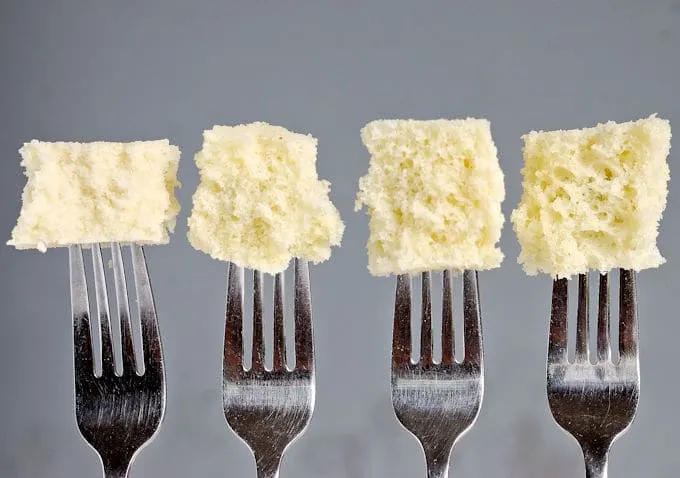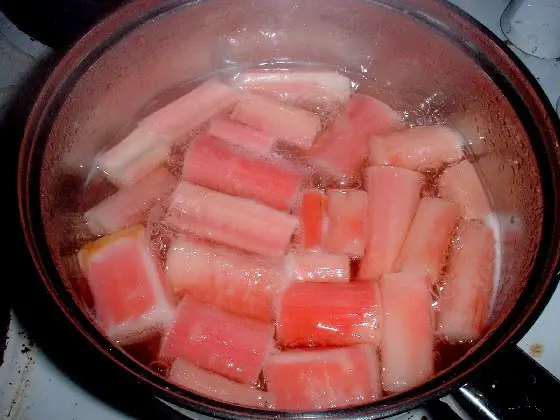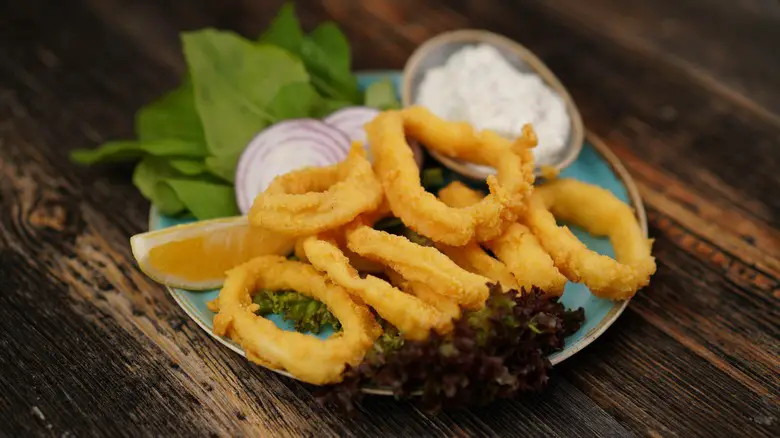The Importance of Baking Soda in Baking
Baking soda is a crucial ingredient when it comes to baking, and especially so for cakes. It is a leavening agent that works by releasing carbon dioxide when it reacts with acids like vinegar or lemon juice, or when it is heated. This process creates air pockets within the batter which help baked goods rise and become light and fluffy.
Without baking soda, cakes (and other baked goods) would be dense and heavy, lacking the desirable texture that makes them so enjoyable. In addition to its leavening properties, baking soda also contributes to the flavor profile of baked goods in a unique way that can’t be replicated by any other ingredient.
The Role of Baking Soda in Cake Baking
When used correctly in cake recipes, baking soda helps the cake rise during the baking process. Without this leavening agent, cakes may not rise at all, or they may only rise slightly – producing a flat, dense cake instead of a light, fluffy one.
Baking soda also helps achieve a certain balance between acidity and alkalinity in cake batters. In most cake recipes, there are acidic ingredients like chocolate or buttermilk that need to be balanced out with something alkaline. This is where baking soda comes in handy – its alkalinity helps neutralize the acidity of these ingredients, creating a more harmonious flavor profile.
Effects of Forgetting to Include Baking Soda
Forgetting to include baking soda in a cake recipe can have negative consequences on both its texture and taste. Some common concerns include whether or not the cake will still rise without baking soda, and if it’s possible to fix the problem post-bake.
Texture Changes Without Baking Soda
When baking soda is left out of a cake recipe, it will likely produce a denser, heavy cake. This is because the carbon dioxide that would normally be produced during the baking process isn’t available, resulting in a lack of air pockets and a heavier texture overall.
Additionally, omitting baking soda may also result in a flat cake that hasn’t risen at all – in this case, it will have the appearance of more of a cookie or brownie. Even if it does rise slightly, it is likely to deflate due to the lack of structure created by the baking soda.
Effects on Cake Taste
Baking soda also affects the taste of your cake. Without it, cake batters can become too acidic – leading to unpleasant sour or bitter flavors. Additionally, leaving out baking soda can make your cake unnaturally sweet since there isn’t anything to balance out acidic ingredients like chocolate or buttermilk.
Fixing a Cake Recipe Without Baking Soda
Thankfully, there are substitutes and other solutions you can consider if you realize you’ve forgotten to include baking soda in your recipe. Below are some ideas:
Vinegar and Baking Powder
You can create an alternative leavening agent by combining vinegar (an acid) with baking powder (a neutral base), which together will produce carbon dioxide just like baking soda does. Simply add 1 teaspoon of vinegar (white wine or apple cider works best) to your batter along with 1 teaspoon of baking powder for every 1/2 teaspoon of baking soda you’re missing.
Cream of Tartar and Baking Powder
Cream of tartar (an acidic byproduct of grape fermentation) is another way to create a substitute for baking soda. Combine 1/4 teaspoon cream of tartar with 1/4 teaspoon baking powder for every 1/2 teaspoon of baking soda that should have been added.
Baking Powder and Cornstarch
Alternatively, you can simply use baking powder instead of baking soda entirely. For every 1/2 teaspoon of baking soda that your recipe calls for, use 1 teaspoon of baking powder instead. However, be aware that since baking powder already contains both an acid and a base (usually baking soda and cream of tartar), it may change the flavor profile of your cake slightly.
How to Avoid Forgetting to Include Baking Soda
While there’s no surefire way to guarantee you’ll never forget to include baking soda in a recipe again, there are some steps you can take to minimize the chance of it happening:
- Read the recipe carefully before starting
- Double-check ingredient lists and measurements
- Pre-measure all ingredients before mixing them together
- Make sure you have all necessary cooking tools ready before beginning the recipe
- Maintain focus while cooking and limit distractions as much as possible
Other Common Baking Mistakes and Their Effects
There are plenty of other mistakes that can be made when baking, including some that may have a significant impact on your finished product. Below are a few examples:
Forgetting Essential Liquids
Not adding enough liquid to your batter can result in an overly dense and dry cake while adding too much will make it soggy. Be sure to pay close attention to liquid measurements in your recipe.
Skipping Steps
Following recipes in the correct order is important! Skipping steps or alterations might result in inconsistencies – potatoes not cooked through or puddings curdling, for example.
Overcooking
Overcooking cakes leads them to become dry and hard, with a burnt or overdone flavor that many people find unappetizing. Stick to the recommended cooking times in order to avoid this issue.
Final Thoughts
Baking soda is an essential ingredient when it comes to baking cakes (as well as other baked goods). Without its leavening properties, cakes won’t rise properly and won’t be fluffy enough. Additionally, using baking soda in recipes helps neutralize acidic ingredients for a better overall flavor profile.
Forgetting to include baking soda in your cake recipe can result in undesirable changes to both texture and taste. However, if this does happen, there are substitutes like vinegar or cream of tartar that can help fix the problem. Remember to take care when cooking, and you’ll be sure to create delicious cakes every time.
Frequently Asked Questions
#### What is the role of baking soda in cake making?
Baking soda is a leavening agent that reacts with acids in the cake batter to produce carbon dioxide. The carbon dioxide gas trapped in the mixture makes the cake rise and gives it a light and fluffy texture.
#### What happens if you forget to add baking soda to your cake?
Forgetting to add baking soda will affect the texture and taste of your cake. Without baking soda, your cake won’t rise, leading to a dense, heavy texture. It may also have an unpleasant taste due to the lack of acid-base reaction.
#### Can I add baking soda after baking my cake?
No, adding baking soda after baking your cake won’t have any effect on its texture or taste. Once the cake is baked, it cannot be leavened anymore.
#### How can I avoid forgetting to add baking soda to my cake?
To avoid forgetting ingredients while baking, it’s essential first to read through your recipe thoroughly before beginning. Secondly, gather all your ingredients together beforehand and double-check each item before use. Lastly, check your recipe again while adding ingredients and ensure you follow each step as indicated.







